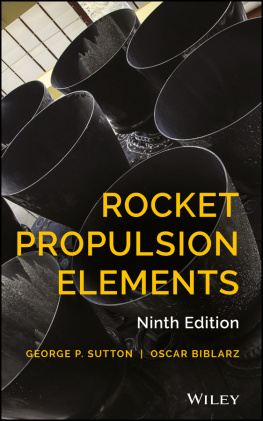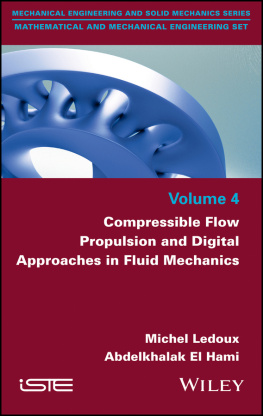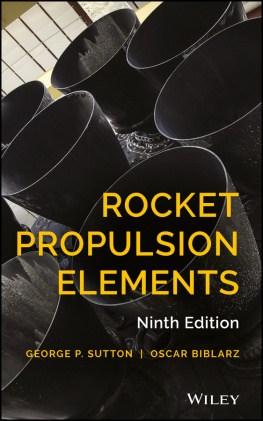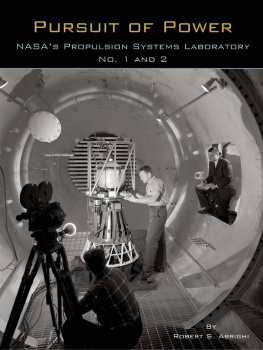Copyright
Butterworth-Heinemann is an imprint of Elsevier
225 Wyman Street, Waltham, MA 02451, USA
The Boulevard, Langford Lane, Kidlington, Oxford, OX5 1GB, UK
2012 Elsevier Inc. All rights reserved.
No part of this publication may be reproduced or transmitted in any form or by any means, electronic or mechanical, including photocopying, recording, or any information storage and retrieval system, without permission in writing from the publisher. Details on how to seek permission, further information about the Publisher's permissions policies and our arrangements with organizations such as the Copyright Clearance Center and the Copyright Licensing Agency, can be found at our website: www.elsevier.com/permissions
This book and the individual contributions contained in it are protected under copyright by the Publisher (other than as may be noted herein).
NoticesKnowledge and best practice in this field are constantly changing. As new research and experience broaden our understanding, changes in research methods, professional practices, or medical treatment may become necessary.
Practitioners and researchers must always rely on their own experience and knowledge in evaluating and using any information, methods, compounds, or experiments described herein. In using such information or methods they should be mindful of their own safety and the safety of others, including parties for whom they have a professional responsibility.
To the fullest extent of the law, neither the Publisher nor the authors, contributors, or editors, assume any liability for any injury and/or damage to persons or property as a matter of products liability, negligence or otherwise, or from any use or operation of any methods, products, instructions, or ideas contained in the material herein.
Library of Congress Cataloging-in-Publication Data
Sforza, P. M.
Theory of aerospace propulsion / Pasquale M. Sforza.
p. cm.
Includes bibliographical references and index.
ISBN 978-1-85617-912-6 (alk. paper)
1. Jet propulsion. I. Title.
TL709.S38 2012
629.11--dc23
2011027614
British Library Cataloguing-in-Publication Data
A catalogue record for this book is available from the British Library.
For information on all ButterworthHeinemann publications, visit our website: www.elsevierdirect.com
Printed in the United States of America
11 12 13 14 15 16 1710 9 8 7 6 5 4 3 2 1
Preface
This textbook derives from notes that were developed and assembled over many years of teaching propulsion and high-speed airplane design courses at the Polytechnic Institute of Brooklyn, as well as courses in propulsion and aerospace vehicle design at the University of Florida. The material presented is intended as an aid in studying the theory and concepts of propulsion and derives from a diversity of sources. The text strives to provide a fundamental approach suitable for courses at the senior undergraduate and first-year master's level. The problems are intended to promote an appreciation for applications of the theory to problems of practical interest.
There is little attempt to provide a specifically historical or motivational background of aerospace propulsion, as it is expected that readers will come to this level of study with a well-developed sense of interest in and appetite for a quantitative involvement in the field. The first chapter immediately introduces the student to the fundamentals of jet propulsion from the standpoint of the ideal quasi-one-dimensional conservation equations. The second chapter delves deeper into the details of these equations in order to arrive at a consistent set of equations that are broadly applicable to various propulsion systems. The third chapter carries out an extensive set of analyses of the operation of a variety of air-breathing engines under conditions of ideal operation to facilitate keeping interest focused on the underlying concepts. The foundation for such an approach is that if an ideal system works poorly, a practical version of it will not work better. The cases studied offer the equivalent of a set of sample problems to aid the reader in understanding the ideal workings of the various engines. The effect of the efficiencies of a real system is discussed at the end of the chapter in a manner that should facilitate repeating the calculation of all the cases with reasonable concern for losses common to practical operation. Chapters 4, 5, and 6 concentrate on the three engine components basic to jet propulsion principles: combustors, nozzles, and inlets. Fundamentals are discussed in some detail and application to actual hardware is shown. Then Chapters 7 and 8 are devoted to the fundamentals and details of the turbomachinery required for the operation of air-breathing jet engines for flight up to and including supersonic speeds, while integration of the various components into a working unit is the subject of Chapter 9. The last chapter concerned with aircraft flight operations is Chapter 10, which covers the operation of propellers and the application of the gas turbine engine to them. Chapters 11 and 12 are concerned with liquid and solid rocket motors, respectively, while Chapter 13 analyzes the nuclear rocket and its possible role in space propulsion. The area of space propulsion is covered in Chapter 14 with attention given to electric propulsion techniques that are of importance in satellite operations and deep space exploration. Finally, Chapter 15 gives a brief overview of the case for high-speed flight and how propulsion plays a major role in making such operations practical. Seven appendices follow dealing with important auxiliary information, including supersonic flows and shock waves; thermodynamic properties of hydrocarbonair combustion products; the Earth's atmosphere; orbital operations and staging of rockets; principles of safety, reliability, and risk assessment related to propulsion; flight performance of aircraft; and thermodynamic properties of selected chemical species.
I acknowledge the inspiration provided by Professor Antonio Ferri who taught propulsion courses I took as a graduate student at the Polytechnic Institute of Brooklyn many years ago. Appreciation is due to my close colleagues Professor Marian Visich, Jr. of the State University of New York at Stony Brook and Professor Herbert Fox of the New York Institute of Technology for their long-term cooperation in, criticism of, and support for this book. I also thank the many students who, over the years, provided suggestions and corrections to the class notes that evolved into this book. Final thanks are due to my wife, Anne, for patience and encouragement in this project whose duration and required effort were wildly underestimated.
Pasquale M. Sforza
Highland Beach, Florida, sforzapm@ufl.edu
August 23, 2011
Chapter 1. Idealized Flow Machines













